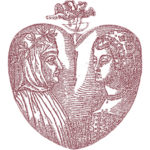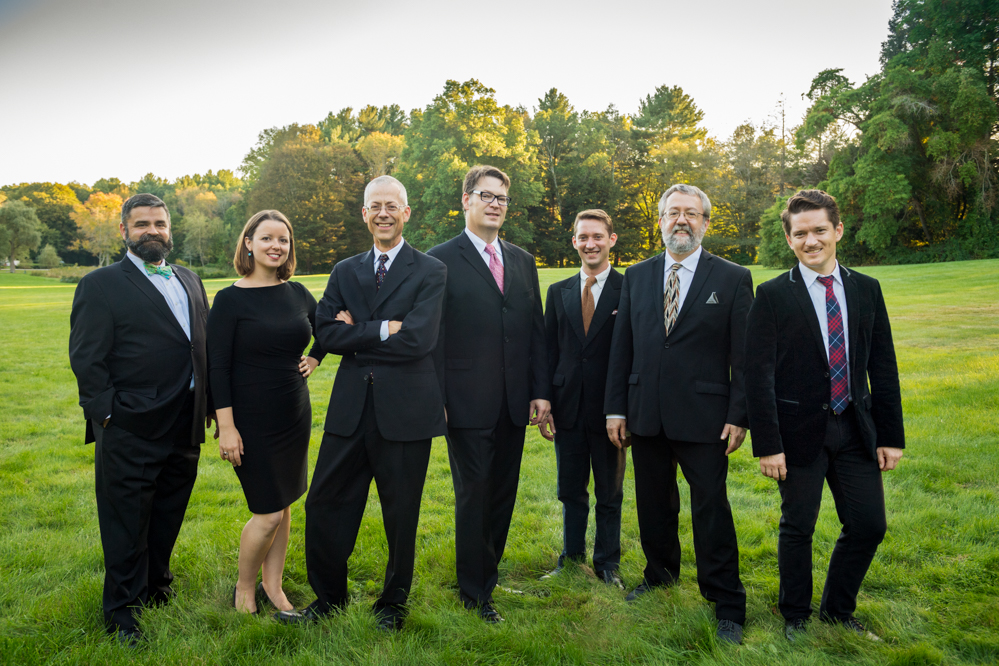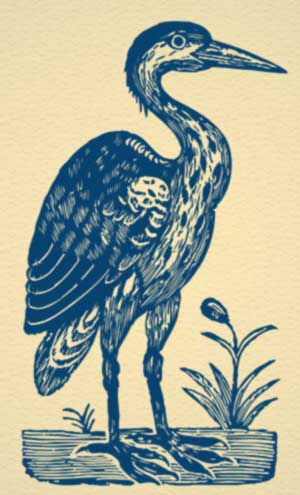A special collaboration with Prof. Thomas Forrest Kelly (Harvard University)
A multimedia event in two parts, ideally offered with a dinner break, this unique presentation explores the power of written music in pictures and sound.
In this compelling and lively offering, Prof. Kelly presents, and Blue Heron sings, key moments in the art of music from c. 800 to c. 1400, including Gregorian chant, organa by Leonin and Perotin, and songs by Machaut, Ciconia, Senleches, and Cordier.
The event is a kind of “live action” version of Prof. Kelly’s 2014 book Capturing Music: The Story of Notation which comes with a companion CD recorded by Blue Heron. The book is a “lucid and engrossing account of the emergence of musical notation” (Alex Ross, The New Yorker).
Heidi Waleson wrote about the full two-part event presented in Cambridge in November 2014, in The Wall Street Journal Online:
Toward the end of the evening, Mr. Kelly did a fast-patter notation deconstruction of the scariest-looking manuscript, “En attendant, Esperance conforte” by Jacob Senleches (1380s). But when the tenor Owen McIntosh sang it, accompanied by lute and harp, its visual complexities resolved into extraordinary beauty, with its long melismas and word-painting expressivity harking back to the neumes on those early chants.
Heidi Waleson, The Wall Street Journal Online
A presenter could offer just the first “half” — about 90 minutes in length — ending with renditions of the “Sumer is icumen in” canon, in several versions, and thus offering their audiences “the story of notation” up to about the mid-13th century. The personnel requirements will vary depending on the program chosen.
Program book





